White Bear, HON Kachina
White Bear Kachina, HON
is powerful and thought to be capable to curing illness. Naturally, they are great warriors, with the bear claw symbolic of great strength and power. It’s during the Soyohim or Mixed Dances in the spring that Hon are usually seen.
This White Bear Kachina, HON, is in excellent condition. At some 19” on an 1 ½” the kachina stands on a wood base with bow in one hand and yellow rattle in the other hand. Rhoades nicely captures all the dynamic body movement of the arms, great detail of the head and bent legs. It’s as though the kachina doll was caught in mid-stride in dance on the mesa or as if walking towards a very fortunate village. Rhoades has hand-carved and hand-painted this White Buffalo Dancer Kachina in the traditional red, black and white. It’s in all the beautiful symbolic markings and with ornamentation of white rabbit fur, deerskin clothing. Feathers, shells, and a variety of beautiful colors complete the artisan’s collection piece.
There are no cracks or broken parts. This kachina doll is in excellent condition.
Signed E. Rhoades, 4/85.
What is a Kachina?
For the Hopi, a Kachina has three aspects; the supernatural being, the masked Hopi dancer and the dolls. Each Kachina has a purpose and each supernatural being is the spirit of the Hopi. Masks and decorations are worn by the Hopi dancers in the Hopi Plaza symbolizing the supernatural spirits. Kachina dolls are the teaching tools made in the likeness of the dancers of the supernatural spirit.
Kachinas represent the forces of nature, human, animal, plant, and act as intermediaries between the world of humans and the gods. They play an important part in the seasonal ceremonies of the Hopi. Kachinas represent generations of traditions that have been passed on and are the subject of a number of books.
Small kachina dolls, called tihu in Hopi, are given to children to introduce the child to what each of the kachinas look like. The dolls are carved representations of the katsinam, the spirits essences of their ancestors, animals, plants, nature, all that is within the Hopi universe.
Traditionally, kachina dolls are created by Hopi or Zuni artists, and sometimes by the Navajo.
You will see a variety of spellings for Kachina, also known as Katchinas, Katcinas, Katsinas, Kat’sina. Kachina is typically the English spelling, while Katsina is Hopi.
Starting your Kachina Collection
Starting your kachina collection is easy and fun as one can begin collecting affordably and learn the dolls. eBay or Facebook Market Place are a couple pretty good places to find affordable dolls. However, if you live in the Santa Fe or Phoenix area, for example, there are excellent museums to visit such as the Heard Museum in Phoenix. The museums are dynamic places to really learn not only about the kachinas, but also what makes for a good piece of art carving and what makes for an extraordinary carving.
Kachina dolls you find at the museums and their gift shops will be extraordinary, but don’t fret, you can start out for much less. And, of course, there are many reputable Southwest Indian Arts & Crafts stores in the towns and cities of the Southwest, such as Scottsdale and Santa Fe. The best way to begin…take a road trip to the reservations in Arizona and New Mexico and talk with the artists themselves…that’s the best way!! Enjoy.
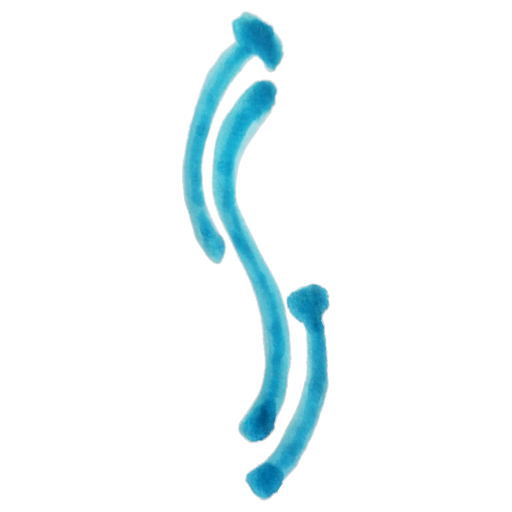
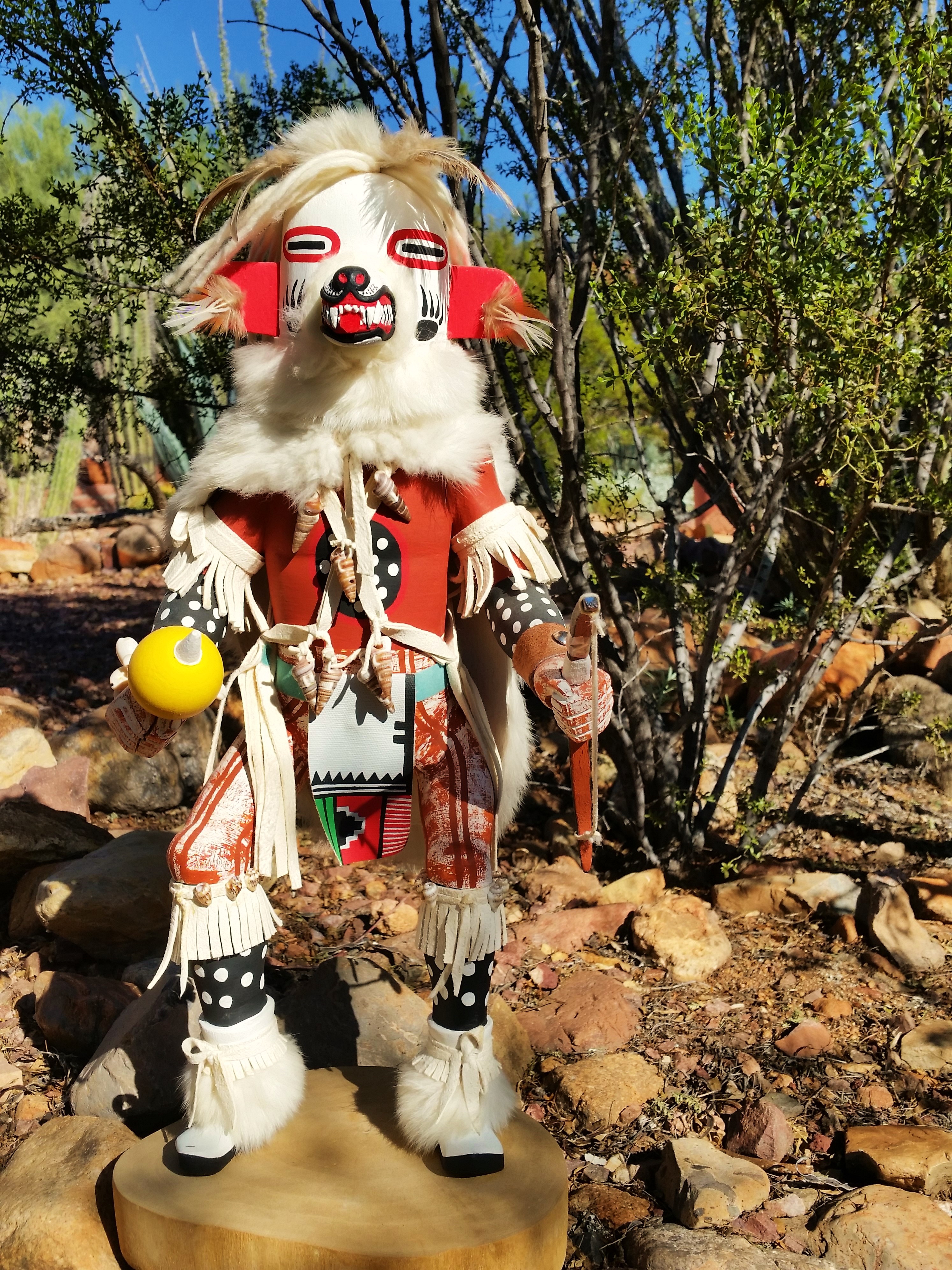
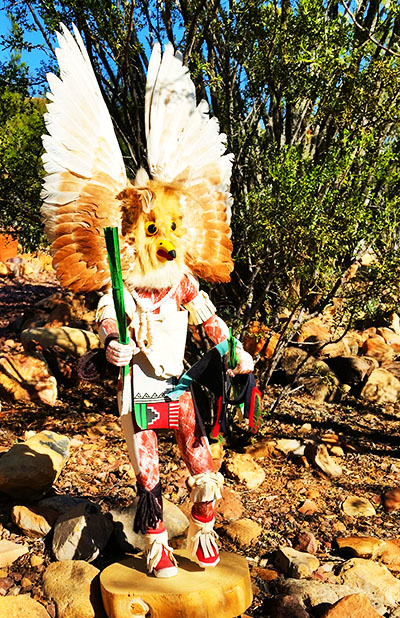
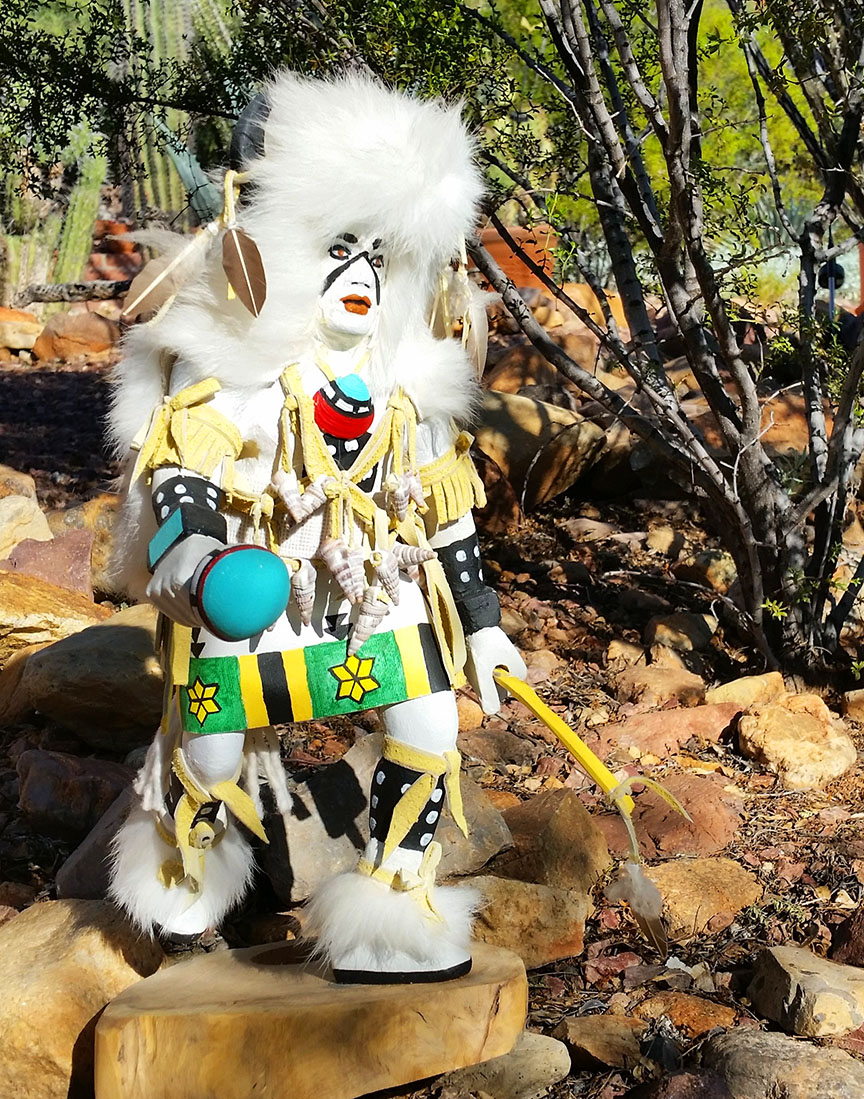
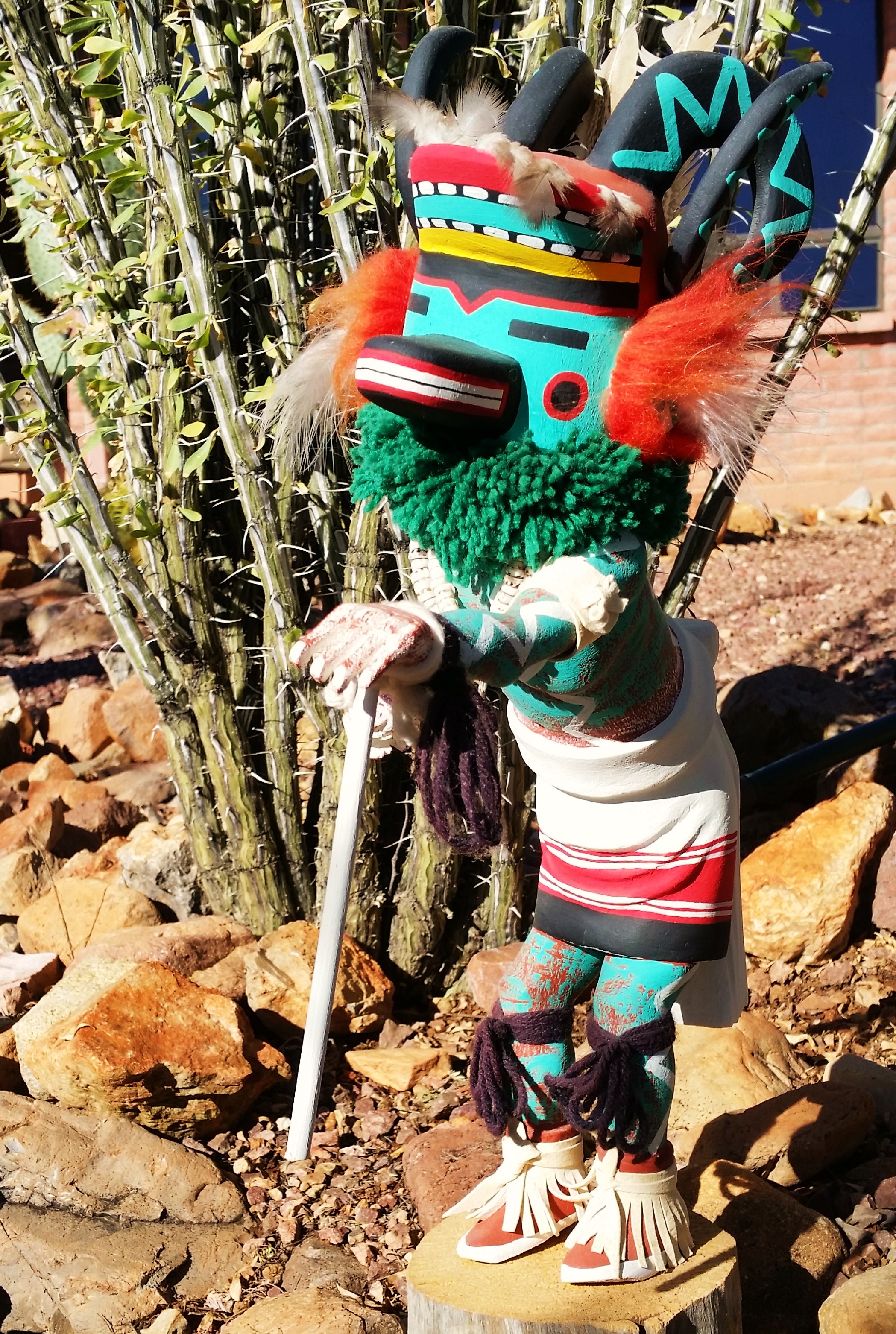
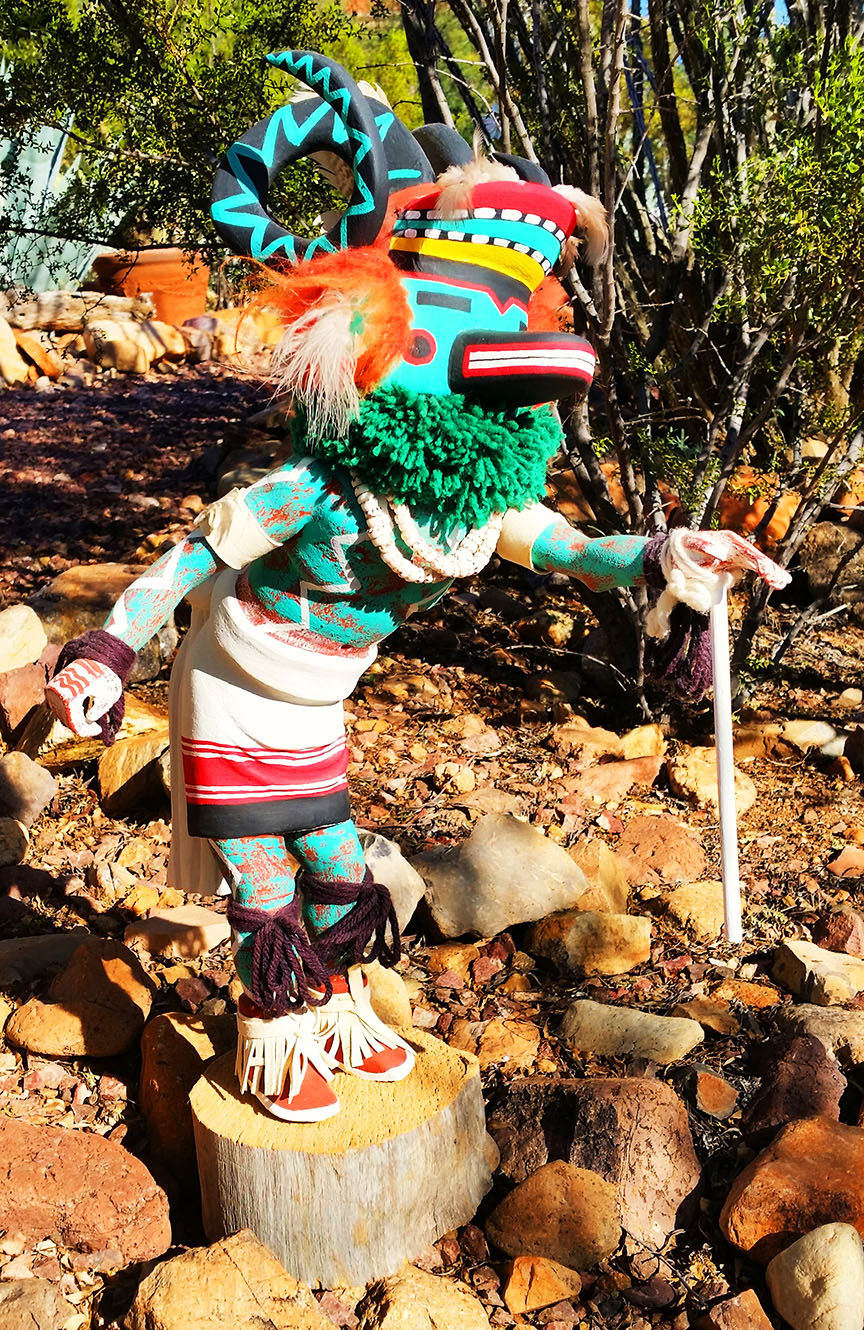
Recent Comments